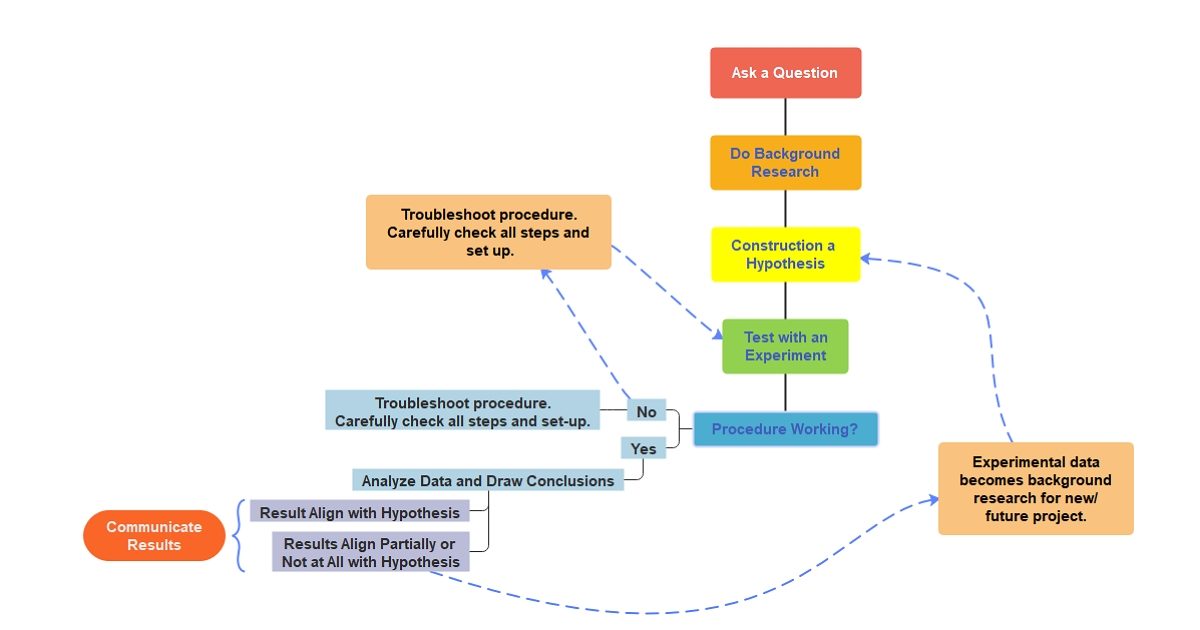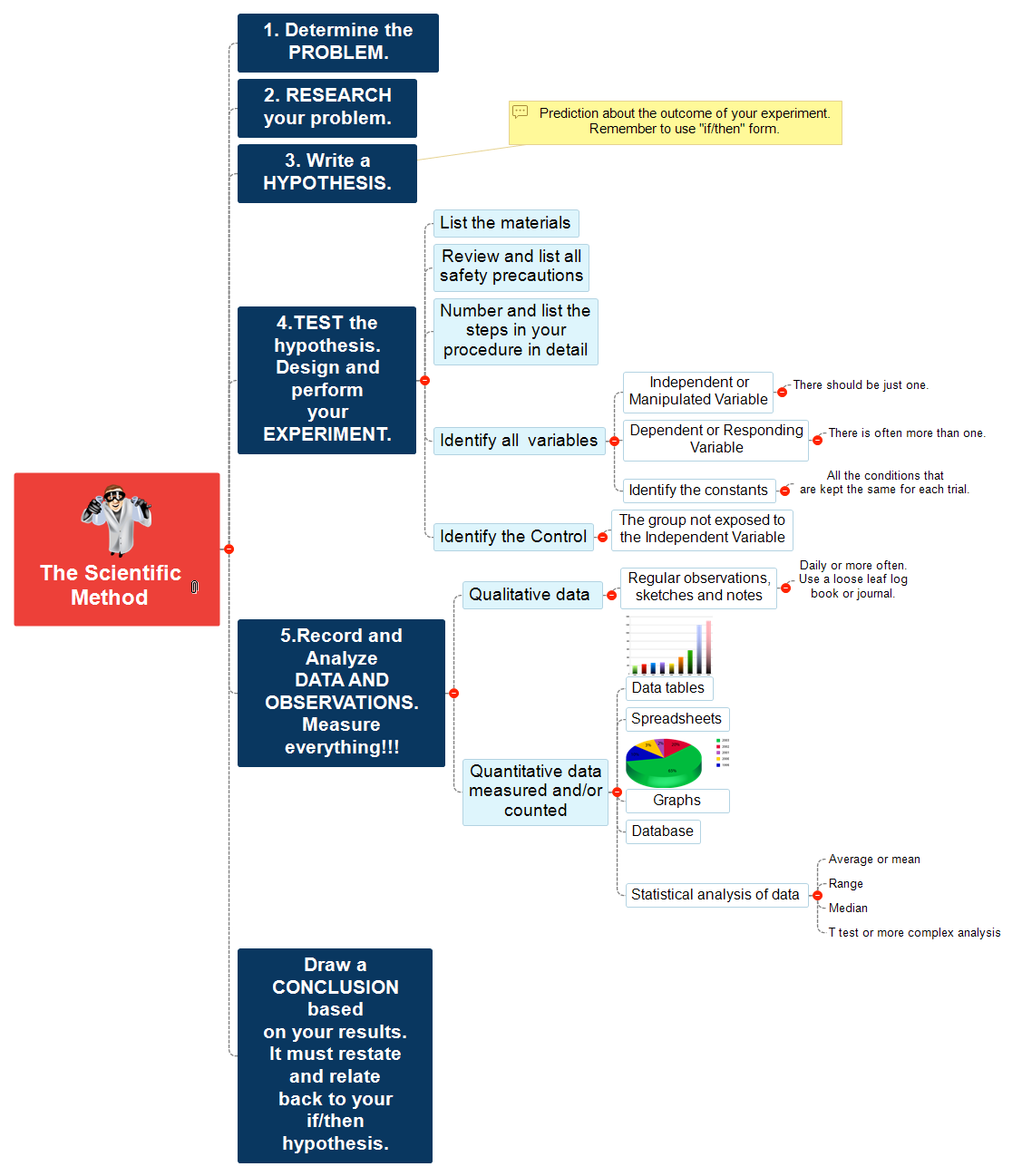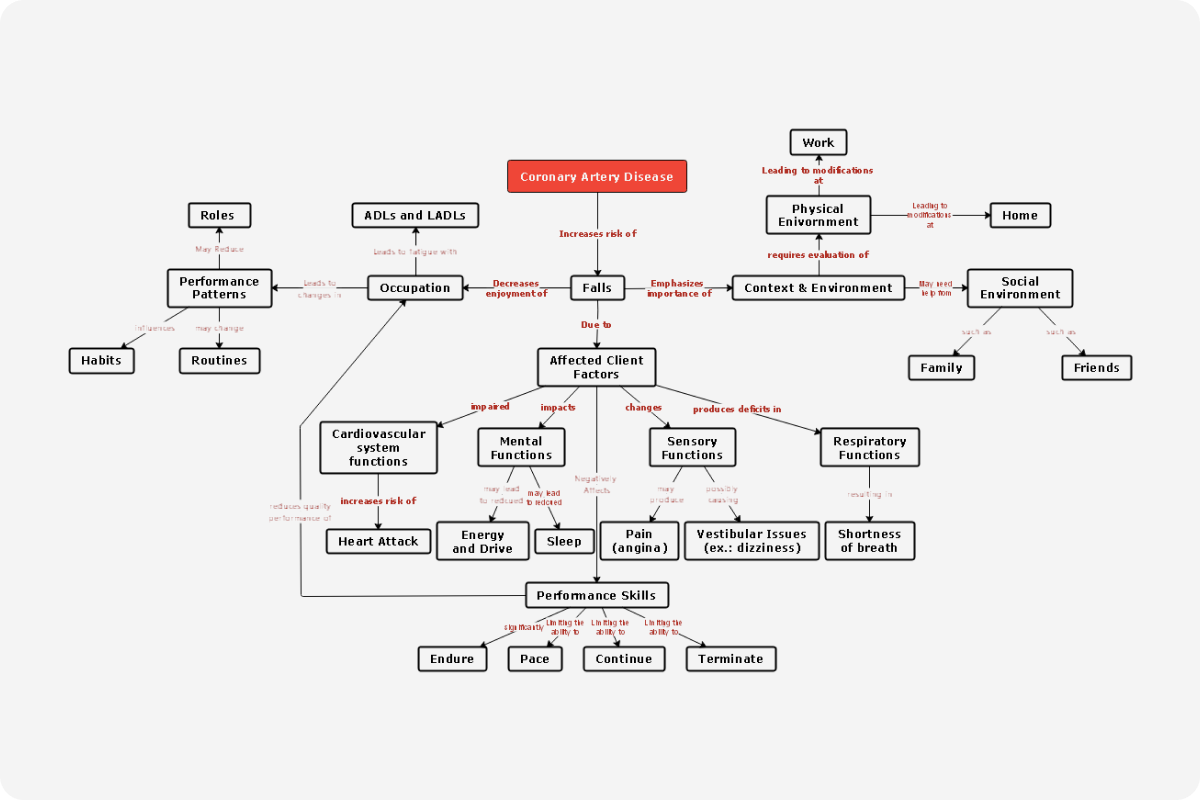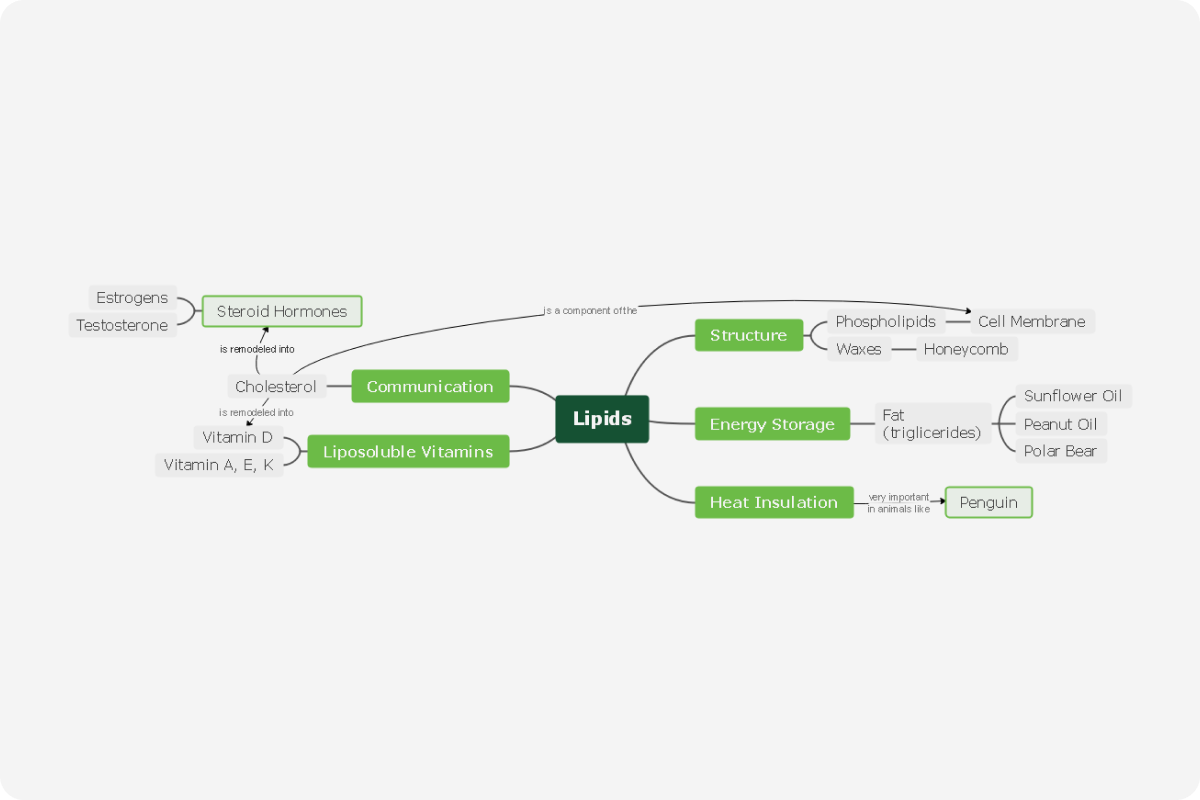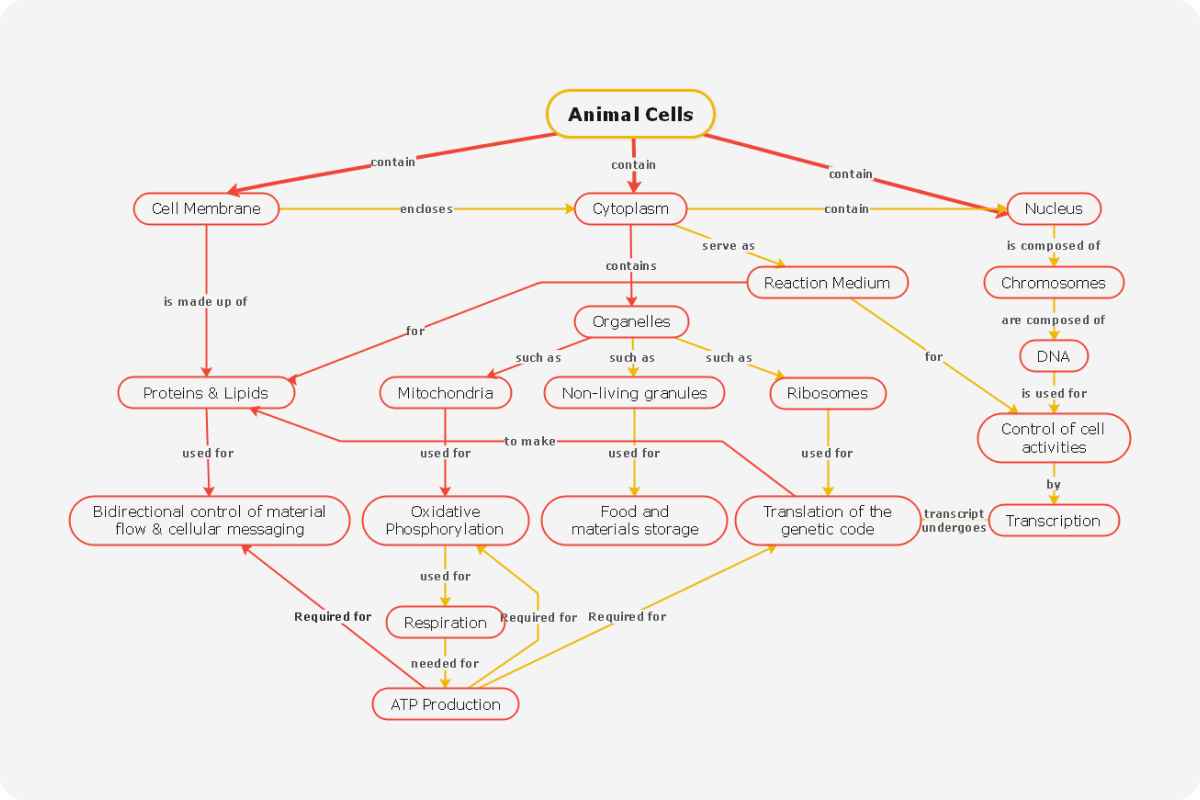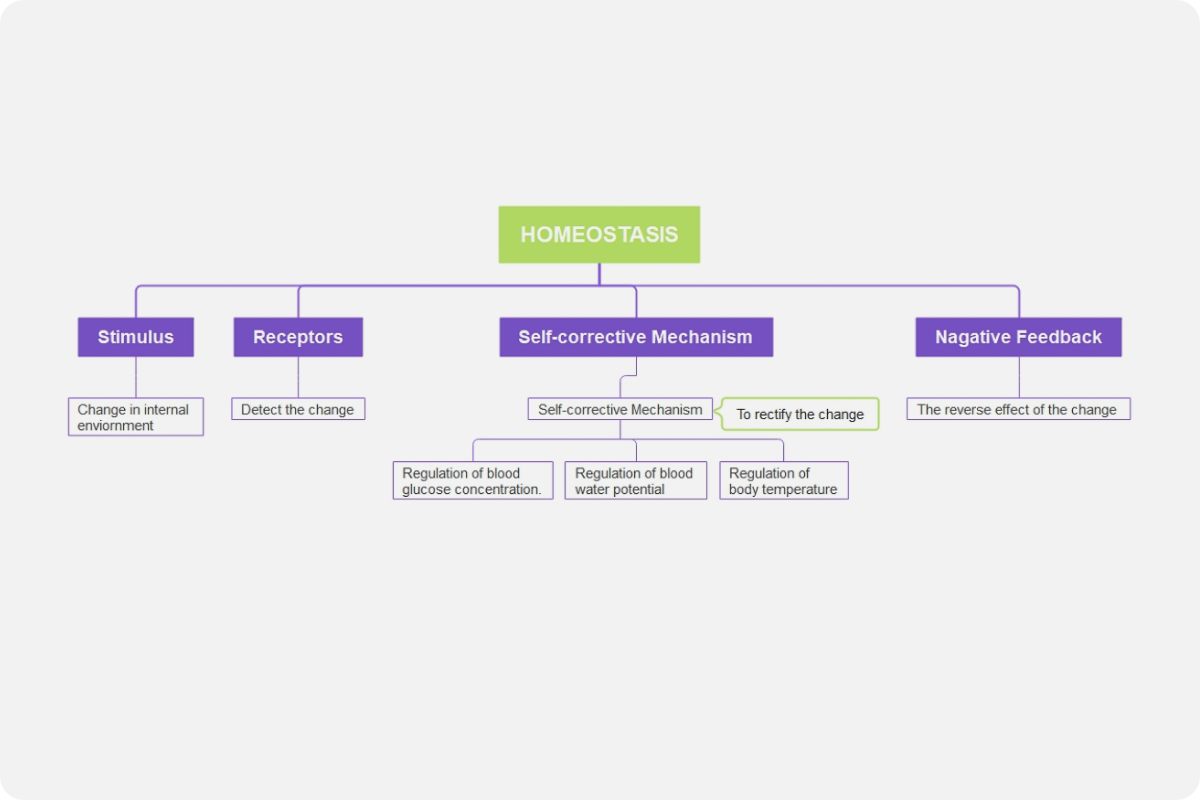What is scientific method?
The scientific method is an experimental technique that is used to investigate observations and find answers to problems. Does this imply that all scientists use the same procedure? No. Some scientific theories are easier to test than others. There are probably as many different variants of the scientific process as there are scientists.
The aim stays the same, regardless of how it is modified: to identify cause and effect linkages by posing questions, carefully collecting and reviewing data, and seeing if all of the relevant information can be incorporated into a coherent solution. Although the scientific method is depicted as a set of stages, but bear in mind that additional knowledge or reasoning may prompt a scientist to retrace their steps at any point along the process. An iterative process incorporates such steps as backing up and repeating, such as the scientific method.
The basic principles of the scientific method
Theory and hypothesis are two important notions in the scientific method. To create predictions regarding future observations, a theory is used. A testable prediction derived logically from a theory is referred to as a hypothesis.
Experiments, observational methods, case studies, surveys, and non-descriptive studies are all forms of research used in the scientific method. In a study, a researcher studies some factors in a controlled setting and assesses their impact on other variables. Descriptive research focuses on the nature of the connection between the variables being studied rather than on cause and effect.
- The term "verifiability" refers to the ability of a researcher to repeat an experiment. Researchers must document their methods and clearly explain how their experiment is organized and how it produces specific results to achieve verifiability.
- Predictability in a scientific theory means that we should be able to make predictions about future occurrences based on the theory. The accuracy with which these predictions are made is a measure of the theory's strength.
To establish if a hypothesis is supported or not, psychology researchers must use statistics to conduct hypothesis testing. Hypothesis testing is a statistical technique for determining the likelihood of a hypothesis being true or untrue. If hypothesis testing yields "statistically meaningful" results, it signifies that the hypothesis was supported, and the scientists may be relatively certain that their findings were not due to chance. The researchers' hypothesis was not validated if the data were not statistically significant.
When to use the Pomodoro Technique worksheet?
Worksheets for the Pomodoro Technique will help you to track your progress as you complete each job. The sheets will let you see how fast and efficiently you've been working through your single assignment when you take your five-minute breaks. This can therefore assist you to detect problems that you might have missed when multitasking or rushing through a to-do list.
Why is the scientific method important?
The scientific method aims to reduce the impact of the experimenter's prejudice or discrimination. Even the most well-intentioned scientists are subject to prejudice. It stems from personal and cultural views, which implies that everyone filters information depending on their own experiences. It gives a consistent, objective technique to performing experiments, which enhances the outcomes. Scientists may be certain that if they use a uniform strategy in their research, they will stick to the facts and reduce the effect of personal, preconceived views. Even with such a strict approach in place, some scientists continue to make errors. They may, for example, misinterpret a theory as an explanation for a phenomenon without doing trials. They may also fail to account for flaws correctly, such as error margins.
The scientific approach, on the other hand, works and works well most of the time. A hypothesis or a collection of linked hypotheses may become a theory after being proven via repeated experimental testing, which may be thought of it as the pot of reward at the end of the current scientific spectrum.
Scientific Method Concept Map Examples
Scientists employ the scientific method to gather observable, empirical data in an experiment connected to a hypothesis, with the outcomes intending to support or refute a theory. Following are some of the examples for the scientific method concept map for a better understanding of its steps and how does it work.
Example 1
The scientific method concept map shows the steps that one should take to properly research with no measurement errors. This example starts from a basic step to the way the researcher needs to tick all the boxes. With the concept map, you will know what to do in steps without missing anything. It gives the researcher a setlist of objectives to achieve.

